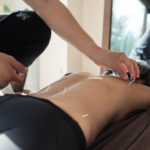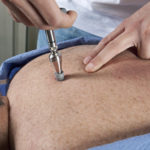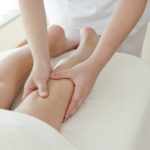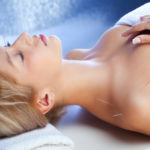Four Whole-Body Revitalizers
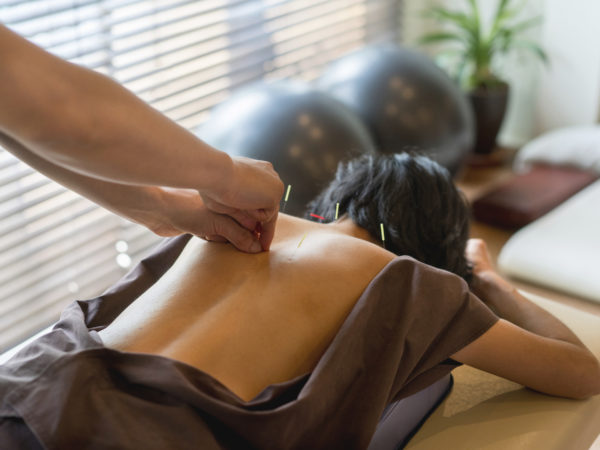
Learn about these four therapies – each of which can foster, relaxation, stress and anxiety relief, and a general sense of head-to-toe well-being:
Mineral Baths
Mineral baths are pleasant, relaxing and health-enhancing, in part due to their stress-relieving properties. A centuries old tradition in Europe and Japan, hot springs therapy is a widely accepted and popular treatment for musculoskeletal problems, as well as for high blood pressure, eczema and a variety of other complaints.
The various minerals dissolved in hot springs have been credited with specific (but unproved) health benefits. For instance:
- Sulfur is said to relieve nasal congestion
- Calcium and sodium bicarbonate are said to enhance circulation
- Salt water is supposed to improve digestion.
In addition, studies have suggested that soaking in a hot mineral spring can lessen the pain of arthritis, and relieve the pain and lessen the fatigue associated with fibromyalgia.
When visiting a hot spring, look for one in a natural outdoor setting where the water hasn’t been treated (with chlorine, for example). Also be aware that some waters have a high mineral content that can irritate the skin, especially if you have a cut or open sore. Hydrogen sulfide, the gas that gives some hot springs a rotten-egg smell, is toxic but rarely present in high enough concentrations to be a concern (although it will blacken silver jewelry).
If you’re going to bathe in a natural hot mineral spring, never put your head under water. A free-swimming amoeba called naegleria that lives in many hot springs can enter the body through the nose and can cause primary amebic meningoencephalitis (PAM), a very serious, potentially deadly infection of the brain. Pregnant women should also be cautious in their use of hot springs, particularly during the first trimester, to prevent the risks of neural-tube defects.
Acupuncture for Wellness
Acupuncture is not just using needles to address pain, it is a complete medical system focused on correcting imbalances of energy in the body. Having originated in China more than 2,500 years ago, acupuncture is used traditionally to prevent, diagnose and treat disease, as well as to improve well-being. Performed by placing very fine needles into specific points, acupuncture modifies the flow of energy (Qi or Chi) through the body. When visiting an acupuncturist, the practitioner will first ask you many questions to help diagnose the imbalance, and then will take energetic pulses to determine the adjustments that need to be made to correct the flow of energy. Adverse side effects of acupuncture are rare and usually resolve quickly.
Watsu
Watsu is a unique form of bodywork that combines warm water with traditional shiatsu massage. In its basic form, Zen Shiatsu techniques are applied while floating in water. This medium provides support for the spine that it doesn’t get on land, and takes weight off the vertebrae so they can be manipulated more easily. A typical Watsu session is performed in water that is 92 to 94 degrees Fahrenheit, and involves a series of movements that the practitioner performs with one hand as they balance the recipient with the other. Expect to be gently rocked, stretched, swirled, bent and arched. Watsu is offered at spas nationwide and in treatment centers as a form of physical therapy. It has been shown to increase mobility and flexibility, improve relaxation, reduce pain and promote better sleep.
Mud Baths
Mud baths are an acquired taste, but they can be healthy and therapeutic. Researchers have found that the application of thermal mud – as opposed to cosmetic mud – can give people with dry skin long-lasting beneficial effects. Mud applications may also be useful (physically and psychologically) for those with fibromyalgia, and helpful (when combined with daily hot sulphur baths) for those with rheumatoid arthritis.
If you’re a lover of mud baths, take caution. They’re perfectly safe at home, but in a spa setting, you can be at risk of contracting a skin disorder if the mud isn’t changed as often as necessary. Some of the bugs responsible, such as psuedomonas, thrive in higher temperatures.





